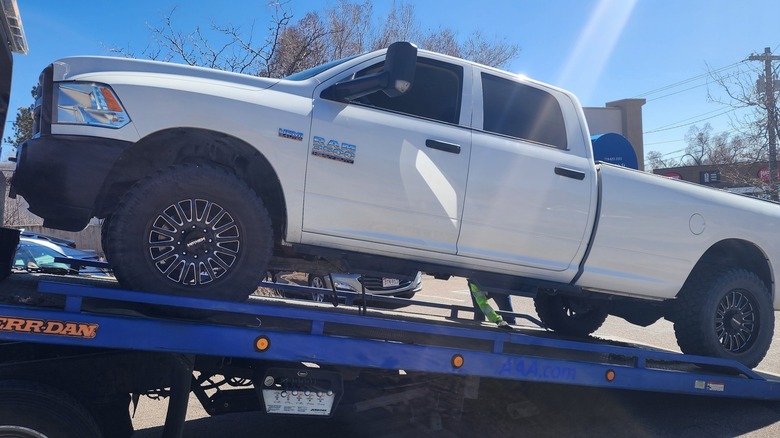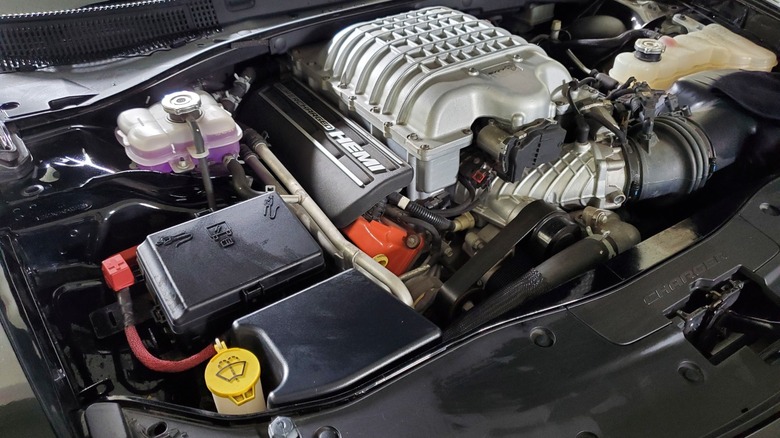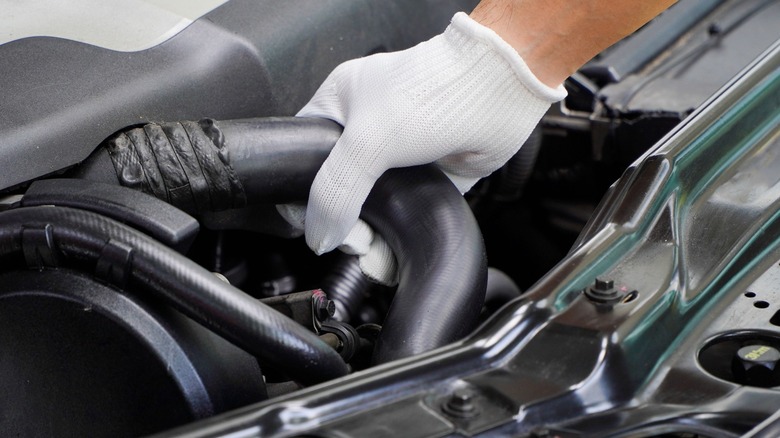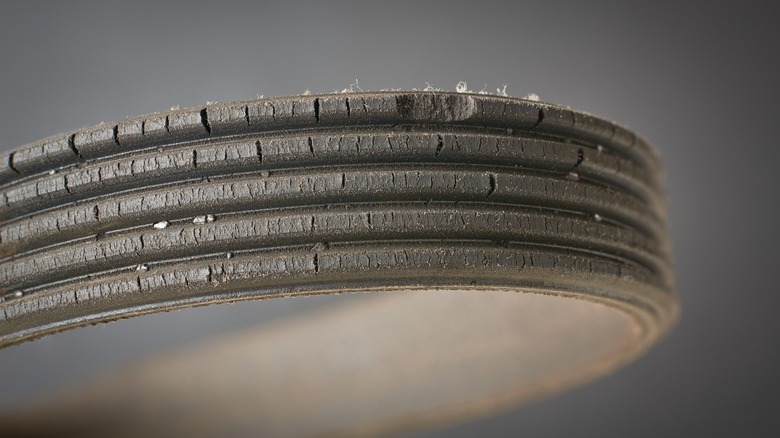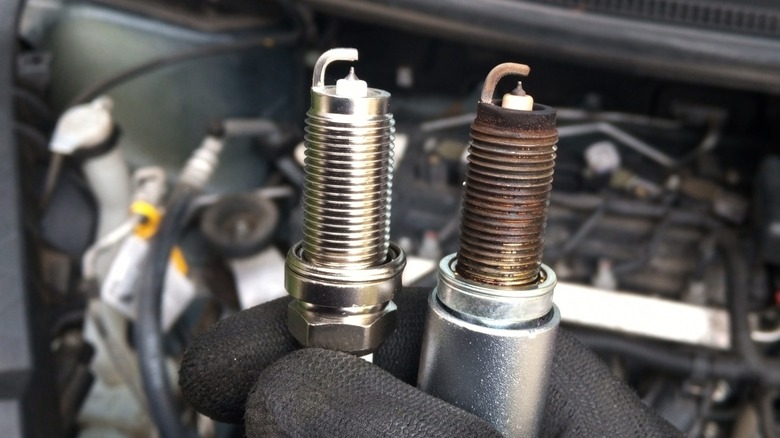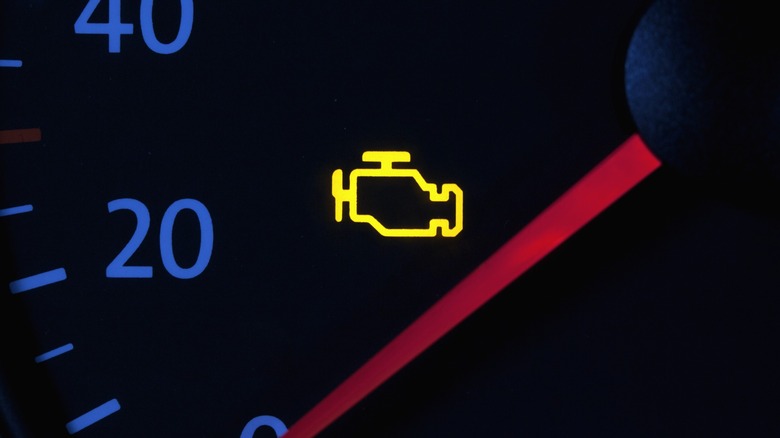5 Maintenance Tips That Will Extend The Life Of Your HEMI Engine
As an owner of a 2018 Ram 3500 pickup truck powered by a 6.4L HEMI and a moderately advanced DIY mechanic, I took it personally when I found myself sitting alongside the road in western Kansas waiting on a tow truck. Since I was 400+ miles from home, I had no choice but to have it towed to a Dodge dealer. I was thankful I'd purchased the extended warranty that I was sure I wouldn't need when finalizing the purchase just a short time before.
Having bought the truck used just two months prior with just over 84,000 miles on the odometer and driving it less than 2,500 miles before it launched pushrods into places they shouldn't be, I felt certain the failure wasn't due to any lack of maintenance on my part. However, the likelihood of neglected maintenance before I got it is great.
The typically reliable HEMI engine has a fatal flaw, its MDS, short for Multi-displacement System, can starve the valve lifters and pushrods of oil, leading to the HEMI Tick, and possibly a not so fun game of pick-up sticks inside the engine lifter valley. My experience led to a newly remanufactured HEMI engine. However, it's possible that some simple maintenance could have kept my truck's engine running longer.
Maintain the fluids in your HEMI engine properly
Your first line of defense against engine failure is maintaining the proper amount and type of clean oil in your HEMI engine. Oil types and maintenance intervals vary among HEMI engines and their various applications, so it's best to consult your vehicle owner's manual or take your vehicle to a professional for service. For instance, some HEMI engines may use 5W-20 engine oil with recommended service intervals up to 10,000 miles, while others recommend oil and filter changes at less than half that mileage with 0W-40 engine oil.
If you don't feel comfortable (or just don't want to) changing your own oil, it's still a good practice to check your oil level frequently and especially before driving your vehicle long distances. While checking your oil level is one of the easier maintenance tasks you can do at home, checking the other fluids while you have the hood up is a good idea. The fluids in question include those for the transmission, power steering, brakes (and clutch if so equipped), and engine coolant.
While it's a simple matter to top-off any fluids that are low, it's important to use the proper type for your HEMI. Fluids used by the transmission, power steering, and brakes come with specific applications, even the color of your engine coolant could be critical. Again, turn to your owner's manual, a knowledgeable friend, or a trusted professional for advice on fluid types and replacement intervals.
Maintain your HEMI engine's hoses
To the untrained eye, opening the hood of your vehicle reveals either a vast expanse of impenetrable engine shrouds, or a maze of wires, hoses, and caps with warning labels. What you'll see depends on your focus and the model of car or truck you're looking at. First, let's focus on the rubber hoses.
The hoses on your HEMI engine are visible and easily inspected (mostly) underneath your vehicle's hood, although you may have to remove some of the engine shrouds to get to them. The hoses that carry coolant between the radiator and engine and the heat exchanger in the climate control system can degrade over time.
You'll also encounter some smaller rubber hoses that transfer vacuum created by the engine to valves that operate various systems around the car. A bad hose in this system can lead to difficult to find vacuum leaks. Periodic inspections for cracking, bulging, or minor leakage can prevent problems such as rough idle and engine overheating.
Check the serpentine belt on your HEMI engine
Your HEMI engine does more than provide power to move your vehicle down the road. It also provides power to charge the battery and electrical system, operate the air conditioner compressor, power steering pump, water pump, and spin the supercharger if so equipped. It does all of this with belts that transfer power from the engine's crankshaft to the required systems. Most often, it's the work of a single serpentine belt.
If this belt fails, you'll lose power steering and air conditioning, and warning lights will appear on your instrument panel. Fortunately, before it fails, there are often warning signs to indicate the serpentine belt needs replacing.
While you're under the hood checking fluids and hoses, take a peek at the serpentine belt located on the front of your HEMI. You'll be looking for any frayed edges, cracks or other damage. Like any good story, the serpentine belt has two sides. The flat side usually only contacts pulleys that route it around, called idler pulleys and those that provide tension, tensioners.
The other side has ridges and grooves running lengthwise. This is the side that transfers the power from the crankshaft to the components in question. Since it does all of the work, it's subject to the most stress and usually incurs the most damage, so don't just look at the flat side and call it good.
Replace your HEMI engine's spark plugs
The tasks listed so far are widely considered routine maintenance that should occur every 1,000 to 3,000 miles or as indicated in your owner's manual. The spark plugs, two per cylinder on HEMIs, that ignite the air-fuel mixture inside the cylinders of your HEMI also require maintenance, just not as often as other engine components.
While it's possible to remove the spark plugs for periodic inspection, it's not recommended. However, it is recommended that HEMI engine spark plugs be changed per the schedule supplied in the owner's manual.
If you've acquired your HEMI with some miles on it, you may not know if the spark plugs were changed before you got it or not. In that case, you'll have to make an educated guess. Since the spark plugs are responsible for igniting the fuel in the combustion process, some of the signs of bad plugs are rough idle due to an engine misfire, popping sounds from the exhaust, and poor fuel economy, often accompanied by a check engine light (CEL).
Pay attention to your vehicle's warning lights
The appearance of the check engine light on your car's instrument panel isn't cause for panic, but it definitely requires prompt attention. The good news is that nearly any auto parts store or neighborhood mechanic will check the code(s) that initiated the warning for free. Keep in mind that often the free check is vague and could require further diagnosis that isn't free.
In addition to the dreaded check engine light (CEL), your instrument panel has other warning lights for battery, oil, coolant, and tires. Some indicate low pressure or charge, while others warn of excessive temperatures. Ignoring any of these lights could leave you parked on the side of the road.
A bonus tip that helps keep your HEMI engine running in top form, is using the proper octane-grade gasoline. Again, we'll refer you to your owner's manual, or perhaps the tag inside your gas cap cover, for the correct grade, but some HEMI engines require more octane than others, some can operate on E85 Flex-Fuels, and others cannot.
Using a lower octane than recommended gasoline leads to early detonation, which the engine compensates for by adjusting the timing of the spark. While that adjustment can reduce detonation, it also reduces engine power, causing it to work harder than it would otherwise need to, which could ultimately reduce the life of your HEMI engine.
